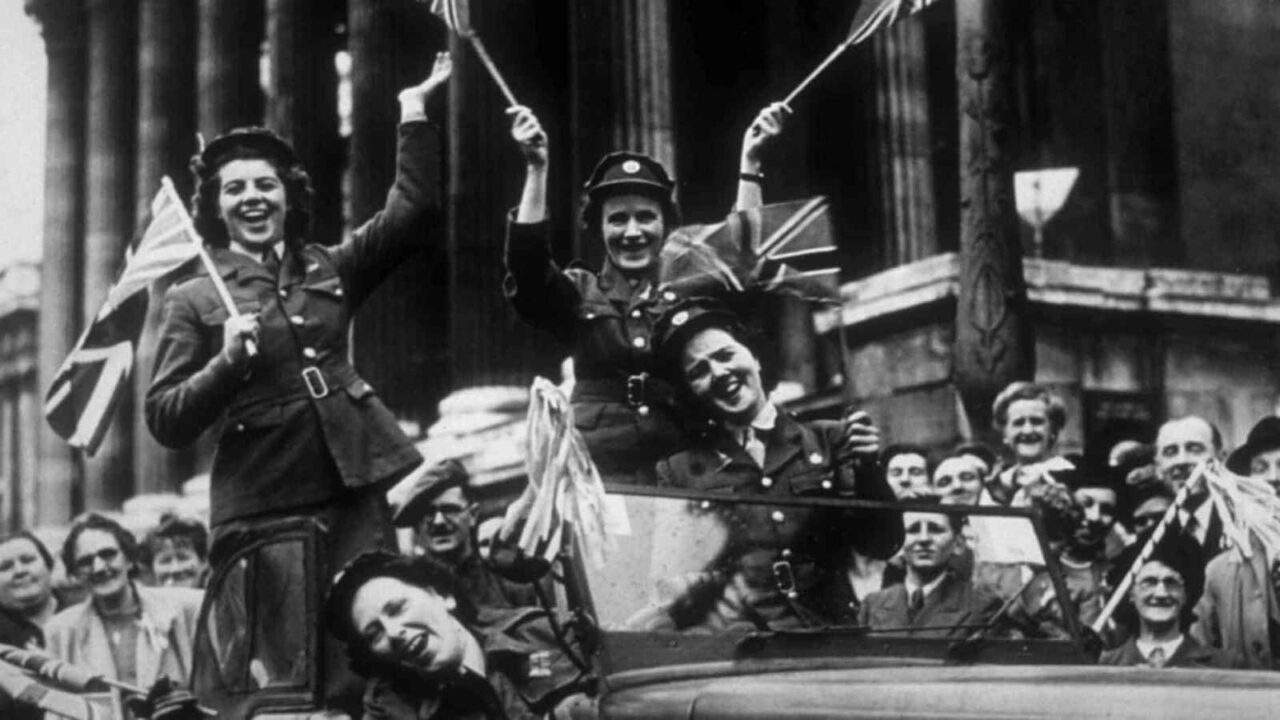Victory in Europe Day 2023: Victory in Europe Day is observed on May 8 to commemorate the formal acceptance of Germany’s unconditional capitulation of its armed forces by the Allies of World War II. After Germany, the war’s architect, surrendered, did you realise that Japan continued to wage war against the Allies? World conflict II was the most expensive conflict in history; over 75 million lives were lost, cities were destroyed, and Europe’s economy was devastated. The war began with the invasion of Poland by Hitler’s Germany and ended nearly six years later with the Japanese surrender. Victory in Europe Day is a public holiday in several European nations and is known as V.E. Day in the United Kingdom and V-E Day in the United States.
HISTORY OF VICTORY IN EUROPE DAY
The Allies encircled Germany on April 30, 1945, tightening the noose around the German army. Hitler, realising his situation was doomed, murdered his newlywed wife Eva Braun and then committed suicide in his Berlin bunker. Hitler’s successor, Grand Admiral Karl Donitz, immediately began negotiating terms of surrender with the Allied forces upon assuming the presidency. His primary objective was to prevent as many Germans from being captured by the Soviets as feasible.
British Field Marshal Bernard Montgomery acknowledged the unconditional surrender of German forces in the Netherlands, northwest Germany, and Denmark on Luneburg Heath on May 4, 1945. On May 7, another unconditional military capitulation was signed by Supreme Allied Commander General Eisenhower and German General Alfred Jodl at SHAEF Headquarters in Reims. The following day, German Field Marshal William Keitel signed a slightly modified document, the definitive German Instrument of Surrender, in Karlshorst, Berlin.
Following the radio announcement of the German surrender on May 7, jubilation erupted throughout the western world, particularly in North America and the United Kingdom. The British Broadcasting Corporation interrupted their programming to declare that Victory in Europe Day would become a national holiday. Over one million people flooded the streets of the United Kingdom to celebrate, while in London, Trafalgar Square, the Mall, and Buckingham Palace were congested. The British Royal Family and Prime Minister Winston Churchill appeared on the balcony of the palace and waved to the cheering masses.
Victory in Europe Day coincided with President Harry Truman’s 61st birthday in the United States. Nonetheless, he dedicated the victory to his late predecessor Franklin D. Roosevelt, and the American flag flew at half-staff. Victory in Europe Day was also observed in Australia, Paris, and Canada, where a disturbance broke out and several people were killed.
HOW TO OBSERVE VICTORY IN EUROPE DAY
Visit the Memorial to World War II
The World War II Memorial was constructed in 2004 to commemorate those who fought and perished during the war. The location of the memorial is Washington, D.C. This memorial can be visited and toured in order to pay respects to those who prevented the conflict from entering our borders.
Discuss with a World War II veteran.
You can observe Victory in Europe Day by conversing with a World War II veteran about the war’s raw events. Numerous of these veterans can be located in senior living communities. You would learn a great deal and have the opportunity to appreciate their sacrifices by paying them a visit.
View World War II films and documentaries.
Nearly every decade, numerous films are made about the main battles of World War II. Victory in Europe Day can be commemorated by viewing classics such as “Stalingrad,” “Dunkirk,” “Dirty Dozen,” “Come and See,” and “Saving Private Ryan.” Additionally, you can view documentaries such as “Battlefield,” “World At Watt,” and “Russia’s War: Blood Upon the Snow.”
Love’s Baby Soft Day 2023: Date, History, Significance, and Facts
5 IMPORTANT FACTS ABOUT THE SECOND WORLD WAR
It involved two groups of nations.
During World War II, the Allies (Britain, France, Russia, China, and the United States) fought against the Axis (Germany, Italy, and Japan).
Holocaust occurrence
Approximately six million Jews were killed by Hitler’s Germany during the conflict.
Some countries remained neutral
Spain, Sweden, and Switzerland are examples of nations that remained neutral throughout the conflict.
It was the bloodiest conflict in history.
Approximately 75 million people perished during the conflict, including 40 million civilians and 20 million soldiers.
Millions perished because they were imperfect Germans
In addition to Jews, Hitler ordered the execution of persons with disabilities and Gipsies for failing to meet his vision of the best and strongest race.
WHY VICTORY IN EUROPE DAY IS IMPORTANT
It marked the beginning of the end of World conflict II.
When the Germans surrendered to the Allies on Victory in Europe Day, it ended the conflict on the European front, allowing the Allies to focus their efforts on the Eastern front three months later.
It functions as a commemorative day
Success in Europe Day is not only a day to commemorate Germany’s surrender, but also a day to honour those who fought and perished to make it possible.
A day of contemplation
Victory in Europe Day is a day for every nation that participated in World War II, both the aggressors and the victors, to ruminate on the actions and events that led to the outbreak of war and ensure that they do not occur again.
VICTORY IN EUROPE DAY DATES
| Year | Date | Day |
|---|---|---|
| 2023 | May 8 | Monday |
| 2024 | May 8 | Wednesday |
| 2025 | May 8 | Thursday |
| 2026 | May 8 | Friday |
| 2027 | May 8 | Saturday |


















